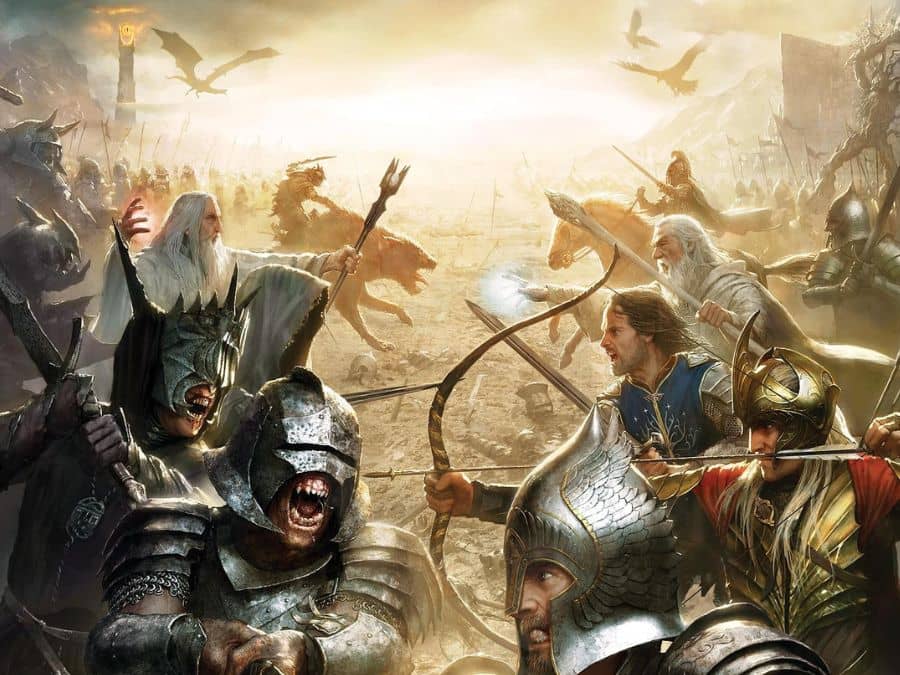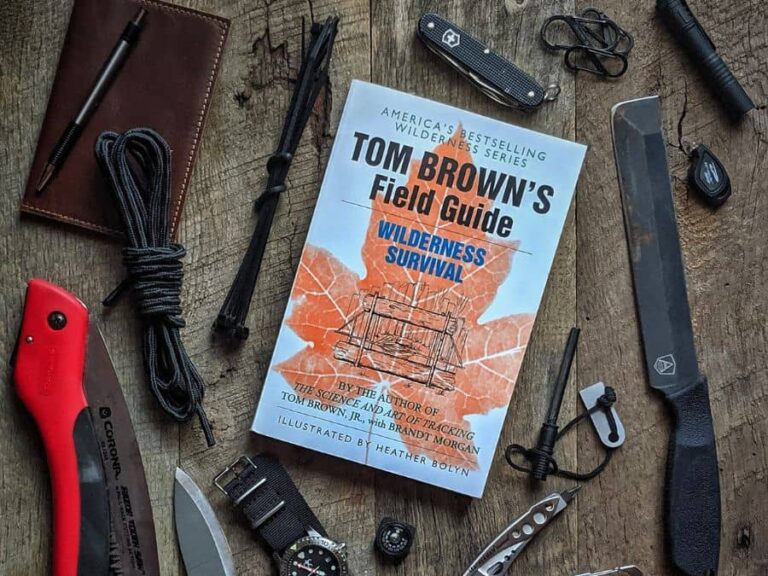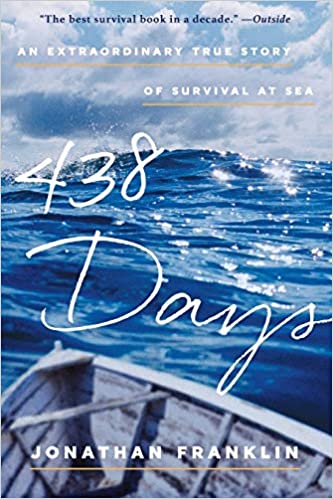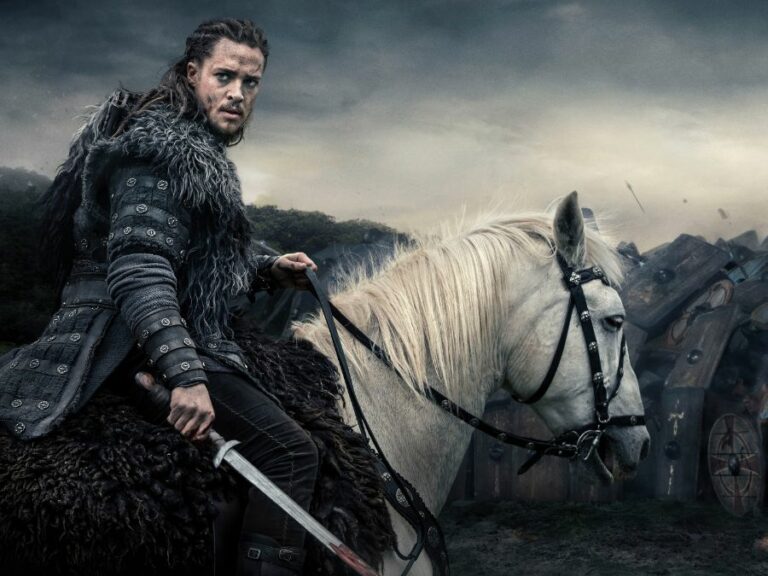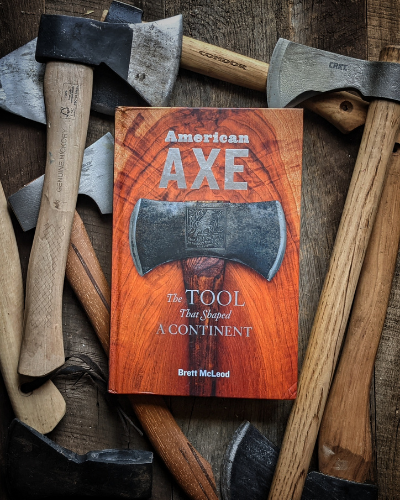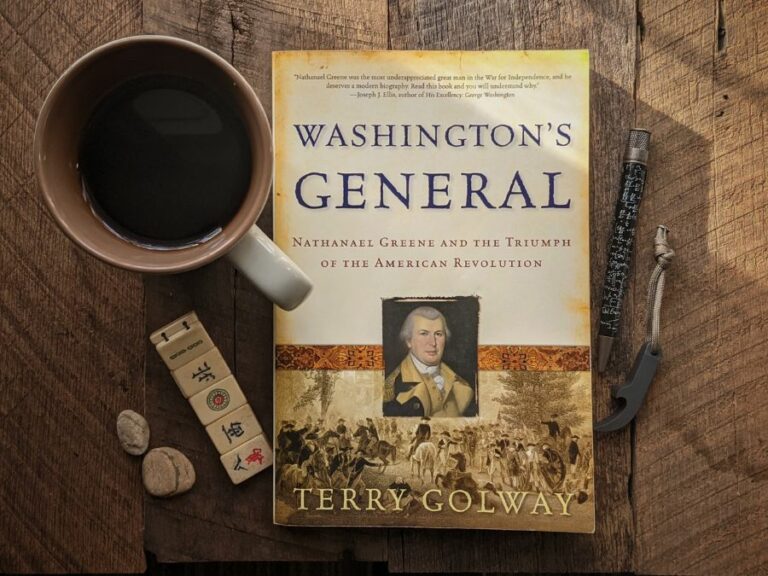The Top Books With Epic Battles
The central element of any story’s plotline will always be conflict: conflict between a person and themselves, between a person and their society, or between a person and their world. While every story hinges on this conflict, some conflicts are small and some are so large they swallow up the narrative.
Authors of historical fiction love major battles in history because they allow them to insert their characters into tremendous conflict, giving the everyman and everywoman the opportunity to be heroes, or villains, or both.
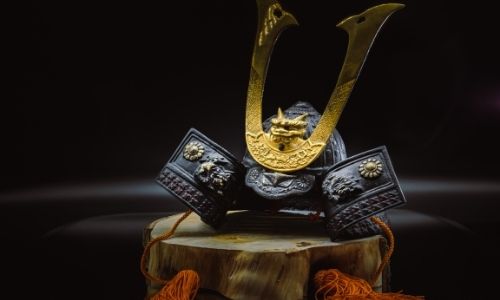
The central element of any story’s plotline will always be conflict: conflict between a person and themselves, between a person and their society, or between a person and their world. While every story hinges on this conflict, some conflicts are small and some are so large they swallow up the narrative.
Authors of historical fiction love major battles in history because they allow them to insert their characters into tremendous conflict, giving the everyman and everywoman the opportunity to be heroes, or villains, or both.
Readers love battle scenes because they pump up the adrenaline and keep you turning to the next page — or if you’re listening to an audiobook, you hang on the narrator’s every last word once the swords are swinging and the bullets are flying.
We picked seven historical novels across a wide chronological range of history that feature some of the best battle scenes in books. This list contains a lot of variety: some of these fights make you gasp, others make you think, others make you glad that you aren’t a soldier whose life was on the line in the outcome. Above all, they teach you about history, and about how we so often think about history as conflict on a massive scale.
Our Pick For The Books With The Most Epic Battles
Gates of Fire
by Steven Pressfield
Genghis: Lords of the Bow
by Conn Iggulden
Aztec
by Gary Jennings
The Killer Angels
by Michael Shaara

Gates of Fire, Steven Pressfield: The Battle of Thermopylae, Greece, 480 BC000
The ancient Greeks form the foundation of western civilization, responsible for influencing everything from our buildings to our art to our laws to the letters you are reading on the screen at this very moment. Yet ancient Greece was not a large power, nor was it a unified power, and 2500 years ago it lay at the doorstep of the largest empire in the ancient world, Persia.
With territories stretching from Egypt to India, the Persians disliked Greek cultural and political intrusion on the Turkish peninsula, a region they claimed and governed as their own. Provocations large and small led to the Persians marshalling their great armies to bring Greece to heel, hoping to end the trouble caused by this chain of islands. Perhaps they would have done it, if not for the last stand of 300 Spartan soldiers and 1000 allied Greeks, who blocked off the pass of Thermoplayae to bar the path of hundreds of thousands of Persian soldiers, and so entered history as perhaps the most famous battle ever fought.
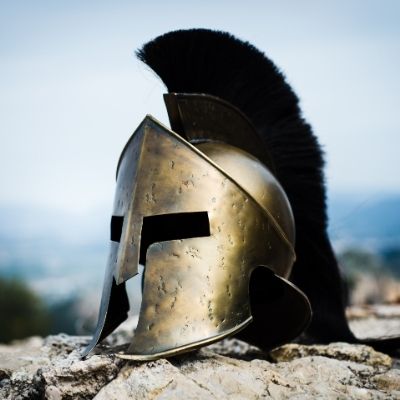
Steven Pressfield brings the reader back thousands of years into a world far different from the one that we live in today. The adjective “spartan” means sparse or unforgiving, and that’s exactly who the Spartans of ancient Greece were: perhaps the most militaristic society in history, in which all men were expected to fight and die with great proficiency.
He could have portrayed the conflict with exaggerated bravado and heroism (as most infamously took place in the film 300), but Gates of Fire is one of the best books about large battles because it is not the story of invincible warriors. Rather, it is a story about men who find themselves assailed by mixed emotions of duty and loyalty, fear and shame, courage and despair. Men with scars, with terrors, with nothing left to draw upon in the face of death.

That’s not to say there’s no fighting — there’s plenty of it, and readers learn about many aspects of Spartan combat: the phalanx unit, the xiphos sword, and the training drill that Spartan youth partook in, where they had to literally push over a tree, an activity Pressfield gleefully recounts as “tree f–king.” Readers learn about philosophy, too: the idea of the agoge, the testing of one’s self against the most difficult of foes, is central to Spartan ideas of life and death.
You come away with a richer idea of how the Greeks lived, and to wonder whether if not for the Battle of Thermopylae, you might have read the book in an alphabet derived from Persian.

Pride of Carthage, David Durham: The Battles of the Punic Wars, 218-201 BC
The Second Punic War enflames the imagination of all schoolboys, wrote Byron, and any schoolboy lucky enough to have a competent history teacher has good reason to be fascinated by the second of the three great conflicts between Rome and Carthage.
After all, modern military theoreticians can teach a huge variety of maxims by recounting the individual conflicts between these two large fish in a small Mediterranean pond: how to win by enflankment, how to win by encirclement, and how to win by taking to the offense and forcing the foe to fight on their own homeland.
The first two lessons were taught by Carthaginian victories under their general Hannibal, but the third lesson was taught by the Roman victory on African soil, when Publius Cornelius Scipio earned the immortal name of “Africanus” for defeating the foe and winning the war.
David Durham’s novel Pride of Carthage tells the story of all of these conflicts — the Battle of Lake Trasimene, when Carthaginians attacked Roman formations and forced them into a lake where they drowned; the Battle of Cannae, where the Carthaginians slaughtered a Roman force twice their size; and the Battle of Zama, where Roman trumpeters so confused the dreaded enemy war elephants that the beasts trampled their own soldiers.
Like other books about great battles, Pride of Carthage focuses on both the great leaders whose names we remember and the everyday soldiers whose names have long been lost to history. Unlike other books about great battles, Pride of Carthage spends time reflecting on how these two groups of peoples lived together off the battlefield — how they had to rely on one another to live and survive.

Genghis: Lords of the Bow, Conn Iggulden: The Siege of Yinchuan, 1209
No power in history has come closer to winning the real-life game of Risk than the Mongol Empire did 800 years ago, conquering almost all the land between Korea and Austria, and controlling perhaps half of the entire world’s population. Yet this great power only grew from the consolidation of the bitterly divided Mongol tribes when a great leader could bring the tribes together and unite them against a far larger enemy.
This is the story that Conn Iggulden chose to tell, which is why he titled it Genghis, and why the story starts not with subjugation but with the story of Temujin, the boy who would grow to become Genghis Khan. Iggulden famously spent time in Mongolia to research this story, and to make certain he did justice to the hard men who howled across a continent, sweeping aside powers in China, Persia, and Arabia. Readers are left not with a romantic idea of Mongol life in the saddle, but a vivid and uncompromising look at the brutal circumstances that make brutal warriors.
Iggulden’s story takes its time to grow before it gives readers what they are expecting, a story of the Mongol hordes sweeping across Asia. He carefully layers characters, motives, and perspectives to make it clear that the Mongols under Genghis were united, but far from mindless. Once the story progresses to the 13th century, however, there is nothing left to hold back Iggulden’s narrative from why Genghis Khan’s soldiers were known, as the story suggests, as the ‘lords of the bow.’
This novel pulls no punches and forces readers to understand just how feared the Mongolian tactics were. On the first day of the siege of Yinchuan (a major city in northern China) they erected a white pavilion to make it clear that those who fled would be spared. On the second day, they erected a red pavilion to make it clear that those who overthrew the city leadership would be spared. On the third day, they erected a black pavilion, ending any further questions about the Mongols’ mercy.

Agincourt, Bernard Cornwell: The Battle of Agincourt, 1415
Shakespeare’s play Henry V depicts the most famous battle of the Hundred Years’ War between England and France, Agincourt, and one of the most famous monologues of Shakespearean literature features the titular king standing in front of his army and calling them: “We few, we happy few, we band of brothers; For he to-day that sheds his blood with me shall be my brother.”
Bernard Cornwell could have used this line as the quote to open his story; instead, he chose a different line from the Bible, Nahum 3.3: “There is a multitude of slain, and a great number of carcasses, and there is none end of their corpses: they stumble upon their corpses.”
The quotes serves as a bitter introduction for the reader, laying the stage for the Battle of Agincourt, a battle that military historian John Keegan calls a “story of slaughter-yard behavior and outright atrocity.”
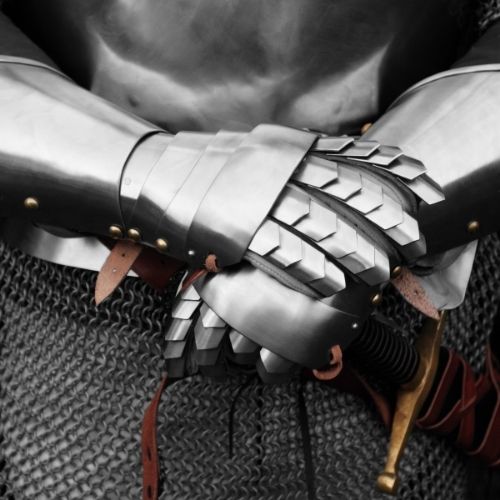
The charging knights of the French king time and time again were shot to pieces by English archers, resulting in thousands of French deaths against just a few hundred English deaths. Other books in this list have more casualties, but few have greater brutality, and as George R.R. Martin calls Cornwell the best writer of battle scenes in literature today, Agincourt may be his masterpiece. Readers are not treated to chivalry and daring but the stink of blood, the screams of horses, the sucking feeling of mud pulling you into the ground, and the terror that at any moment you may be split open by a weapon larger than yourself.
Unlike some of the other books on this list, for whom the battle is not the central story, Agincourt spends only a little time establishing characters. The protagonist is not Henry V but the plucky youth Thomas Hookton, sentenced to death for murder, who escapes and joins an archer troup. Joining this company means shipping off to France, and shipping off to France means you must watch your back at every moment.
Once Thomas steps onto the battlefield, long before the halfway point of the novel, we are made to understand that Shakespearean verse cannot quite describe a conflict where you and your foe hack each other to death. While Agincourt did not end the 100 Years War, it ended the medieval supremacy of knights on horseback charging the foe, replacing them with the cheaper and more disposable foot soldier, a trend that has only accelerated in the centuries since.

Aztec, Gary Jennings: The Flowery Wars, ca. 1400s-1500s
History is written by the victors, a truism that means we readers already know what the broad plotline will look like for Gary Jenning’s novel Aztec because of nothing more than its name; we know who it will feature, when it will occur, and how it will end. In that respect, we readers are correct; the story is that of Mixtli, a Mexica man living in the Aztec Empire, and it takes place in the early 1500s before and during the conquest of the Aztecs at the hands of the Spanish.
Yet Aztec is a thrilling, gripping read because it is so much more than the story of a conquered people; it is that rare example of fiction written from the point of view of the indigenous peoples, one that does not hold the reader’s hand by seeing events through the eyes of white Europeans.
Central to Jennings’ story is the Aztec tradition of the flowery wars. All religions demand sacrifice, but few demanded greater sacrifice than the Aztecs, who believed their gods wanted their very lives. An Aztec warrior’s greatest virtue was to die in such sacrifice, with their heart quite literally pulled out of their body while still beating, and upon Mixtli’s birth the ceremony concludes with the newborn being told if he is to die a xochimiqui, an honored sacrificial victim, his reward is the afterworld of the sun where he will serve the gods forever.
Mixtli has many years and many chapters between his baptism and him growing to be a man, a warrior, and a potential xochimiqui. Yet the most compelling chapters of Aztec are the chapters where he faces the foes of the Aztecs (and like any strong empire, the Aztecs had many foes) in the hopes not of defeating the enemy in battle but in capturing as many warriors alive as possible for sacrifice. To this end, the Aztecs employed a weapon called a macuahuitl, which resembles a baseball bat studded with sharpened obsidian.
Mixtli is trained not to use the deadly end of the macuahuitl, but the blunt end, since there is no glory in killing a warrior before he can be dragged to the sacrificial altar. While Aztec does indeed contain scenes of fighting against the Spanish, who appear like gods riding horses, firing cannons, and encased in steel armor that no macuahuitl can penetrate, the most vivid battle in the story is written by the victor: Mixtli and the Aztecs, who carved one of the world’s great powers out of central Mexico.

Shogun, James Clavell: The Battle of Sekigahara, 1600
Japan lays claim to the world’s oldest monarchy, a series of emperors who have held the Chrysanthemum Throne for over 2500 years. Yet throughout much of Japanese history, power has rested not in the hands of the emperor but in the shogun, the military commander who occupied the highest martial rank of feudal society.
James Clavell chose to name his most famous and influential novel Shogun as a tribute to that office, and to the leaders who unified a Japanese people in a decisive conflict that ended centuries of civil strife.
Unlike Jennings’ Aztec, Shogun does in fact rely on a European to be a primary point of view: the ship pilot John Blackthorne, whose saga in the story is based on the real-life William Adams, believed to be the first Englishman to reach China. Yet, although Blackthrone frames the introduction, the narrative burden slowly shifts to the Japanese persons he encounters, revealing more about the time period of the setting.
In particular, Blackthrone meets the fictional warlord Toranaga, based upon the historical warlord Tokugawa, who would become the first Shogun of Japan, unifying the nation through victory.
The climax of Shogun takes place in and around Tokugawa’s tactical masterpiece, the Battle of Sekigahara. Toranaga, true to his historical counterpart, is inspired by European outsiders to use firearms in the conflict, a major disruption from samurai ethos that dictate how combat must be hand-to-hand. The resulting battle, and the end of the story, features many gruesome details of how firearms have changed the world, inflicting physical and psychological damage on those who have never seen such weapons before.

The Killer Angels, Michael Shaara: The Battle of Gettysburg, 1863
Civil War historians love to debate every facet of the war — how Robert E. Lee could have won victory for the Confederacy, how Union generals could have ended the rebellion in its infancy, how Abraham Lincoln could have survived assassination and led Reconstruction.
Virtually all of them, however, agree that the tipping point in the conflict came at a small town in Pennsylvania called Gettysburg; Lee losing the battle meant he could never again go on the offensive, and without that initiative, the Confederacy was doomed.
Of all the books, films, and memorials made in the memory of Gettysburg, Michael Shaara’s The Killer Angels must be considered among the very best. Winner of the 1975 Pulitzer Prize, it was described by Norman Schwartzkopf as the “best and most realistic novel about war,” and has been required reading among many different American military academies.
The Killer Angels is a great novel not just because of its harsh realism — characters mangled by artillery, soldiers urged on by commanders to sure death, leaders who must make life-and-death decisions based on patchy, contradictory reports — but because Shaara does masterful work getting in the heads of the leaders of both Union and Confederate armies, meaning John Buford for the North and Lee for the South.
Each chapter depicts their relationships with subordinates, with aides, with civilians, with captives, and with politicians demanding updates. Unlike other books on this list, furthermore, this novel is rich with maps and details of positions, so that the reader can better understand where each leader stood and what they saw when they looked over the battlefield.
Read all the books in the Killer Angels series. The trilogy was completes by Michael Shaara’s son, Jeff after his death.

Great Books of Great Battles
The very best historical authors are those capable of relating the intricacies of the past, while also bridging the gap between space, time, and culture. Those who write about great battles have the benefit of putting characters in the pathway of major historical events, yet it is challenging even for a seasoned writer to approach a major battle with the necessary facts and gravity to make it seem real. Readers of these novels will find themselves challenged in many ways: challenged to learn about the past, challenged to overcome their notions of the history they learned in school, challenged to imagine what they would do if they had to face an enemy on the battlefield. The end result is that these books stay with you long after you finish the last page and place it back on the shelf.

Blair Witkowski is an avid watch nut, loves pocket knives and flashlights, and when he is not trying to be a good dad to his nine kids, you will find him running or posting pics on Instagram. Besides writing articles for Tech Writer EDC he is also the founder of Lowcountry Style & Living. In addition to writing, he is focused on improving his client’s websites for his other passion, Search Engine Optimization. His wife Jennifer and he live in coastal South Carolina.

